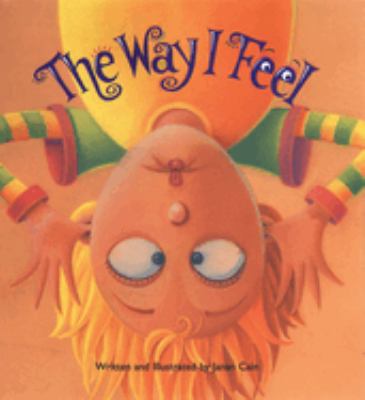 In the spirit
of Halloween we decided to have a party at Playgroup! The kids got to dress up in their favorite
costumes and play with some of the different hats we brought. For this special playgroup we read It’s
Pumpkin day Mouse! by Laura Numeroff and Felicia Bond. This adorable book can help the kids count
the different pumpkins and see the various faces mouse can paint.
In the spirit
of Halloween we decided to have a party at Playgroup! The kids got to dress up in their favorite
costumes and play with some of the different hats we brought. For this special playgroup we read It’s
Pumpkin day Mouse! by Laura Numeroff and Felicia Bond. This adorable book can help the kids count
the different pumpkins and see the various faces mouse can paint. 
Our Halloween
craft was taken from the 5 Little Pumpkins song. Each of the kids were able to make their own
patch of pumpkins and take a copy of the song home to play with.
5 Little Pumpkins
Song:
5
little pumpkins sitting on a fence.
The
first one said, "Oh my, it's getting late!"
The
third one said, "Well we don't care!"
The
fourth one said, "Let's run and run and run!"
The
fifth one said, "I'm ready for some fun!"
Whoo-ooo went
the wind
And
out went the light
And
the five little pumpkins rolled out of sight!
 The kids
spend most of the time playing around in the sensory Bin. Here’s how you can make one yourself, it’s
easy!
The kids
spend most of the time playing around in the sensory Bin. Here’s how you can make one yourself, it’s
easy! Fill a
large container with black beans and corn to get that spooky Black and Orange
look. Then fill it with all kinds of Halloween
toys. We filled our bin with spiders,
skeletons, pumpkins, monster fingers, skulls, snakes and spiders. The kids loved running their hands through
the corn and beans, they also loved the sound it made when they’d drop the
beans back into the bin. Try making your
own at home and put in some small toys for them to hunt for. Just make sure to lay down a table cloth or
towel under the bin for easy clean up in case the beans fall out.
Fill a
large container with black beans and corn to get that spooky Black and Orange
look. Then fill it with all kinds of Halloween
toys. We filled our bin with spiders,
skeletons, pumpkins, monster fingers, skulls, snakes and spiders. The kids loved running their hands through
the corn and beans, they also loved the sound it made when they’d drop the
beans back into the bin. Try making your
own at home and put in some small toys for them to hunt for. Just make sure to lay down a table cloth or
towel under the bin for easy clean up in case the beans fall out.
What
Halloween party wouldn’t be complete without some snacks? We had mini pumpkin muffins with chocolate
chips for the kids. You can make regular
sized muffins, but the kids loved the mini ones the best. Here’s an easy recipe
you can use to make your own.
Ingredients:
1 Package
yellow cake mix
1 (15oz)
can pumpkin puree
1 teaspoon
ground cinnamon
½ teaspoon
ground nutmeg
¼ teaspoon
ground cloves
1 ½ cups
chocolate chips
Directions:
1. Preheat
oven to 350 Degrees F
2. Grease
muffin tins
3. In a
large bowl combine the cake mix, pumpkin, cinnamon, nutmeg and cloves until
smooth.
4. Stir in
chocolate chips
5. Bake
20-25 mins


























